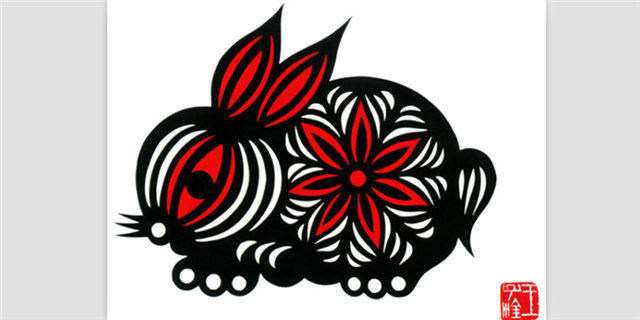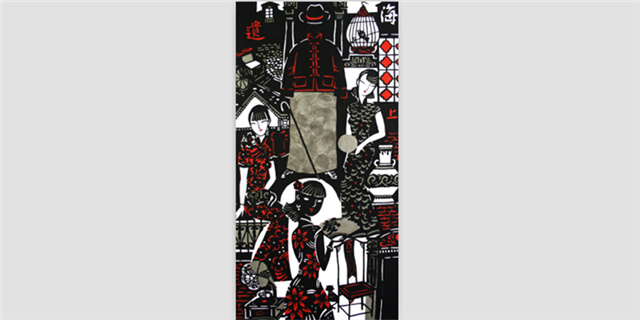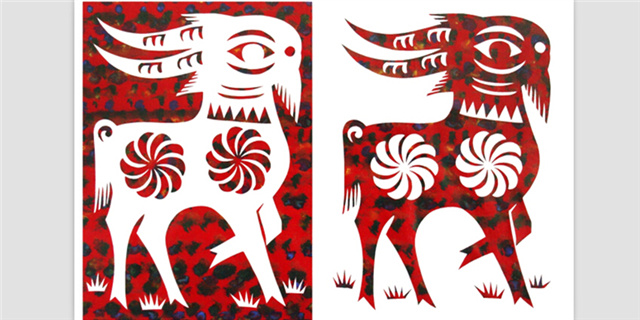Shanghai-style Paper-cutting
Paper-cutting with a history of thousands of years is China’s most popular folk art. Adopting strong points of all regions throughout the country, Shanghai paper-cutting has formed the artistic style of inclusiveness and delicacy in the past nearly 100 years. In 2007, Shanghai paper-cutting was designated by the Ministry of Culture as a national-level intangible cultural heritage item. In 2011, it was listed in the List of Representatives of Intangible Cultural Heritage of Humanity of the UNESCO as one of the 22 paper-cutting protected regions in China. Paper-cutting was introduced into Shanghai from Jiangsu and Zhejiang during the reign of Emperor Qianlong and Jiaqing of the Qing Dynasty. The integration of folk art elements of different regions and genres led to two paper-cutting masters with exquisite craftsmanship and outstanding achievements: Wang Zigan and Lin Ximing. The former known as “the King of Paper-cutting” smartly combines the unconstrainedness of northern paper-cutting with the exquisiteness of southern paper-cutting on the basis of traditional skills of predecessors. The latter transplants painting and calligraphy to paper-cutting, and his unparalleled works were exaggerated and distorted yet natural, and pure and moving yet meaningful. The torch of paper-cutting has been relayed from generation to generation in Shanghai. Zhao Ziping, Xi Xiaoqin, Wang Jianzhong, Li Shoubai et al. have, based on the skills of the older generation, combined their works with era elements to form their respective artistic styles and types.




